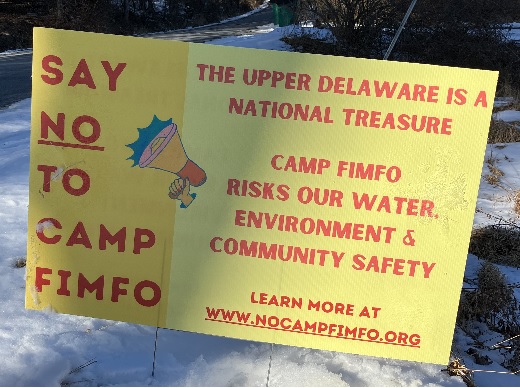Theo Colborn’s Legacy Will Be Kept Alive By TEDX
April 22, 2015New Look at BTEX: Are Ambient Levels a Problem?
May 8, 2015By Scott Waldman, Capital, April 29, 2015
NYS DEC Commissioner Martens interview on Capitol Pressroom with Susan Arbetter: The first questions he was asked were about the finalization of the SGEIS and the longevity of the fracking ban. Go to 2:23 to hear his answer about how permanent the ban will be.
Governor Andrew Cuomo’s fracking ban may be more of a freeze.
The state is soon to release its final Supplemental Generic Environmental Impact Statement for fracking and, shortly after that, a findings statement that will lay out the reasons for the state’s decision to prohibit it in New York.
Since Cuomo announced the decision in December, he has resisted environmentalists’ calls to change the law and make the ban permanent. That’s why some lawmakers who oppose fracking still plan to push bills that restrict fracking in New York.
The environmental impact and findings statements that represent the administration’s opinion on fracking aren’t just technical documents, but political ones: They will be used by anti-fracking advocates in other states to push for more bans, and will also form the basis of the industry’s legal challenge to the state ban. (A recent industry-backed research paper found that the state’s initial fracking report, released in December, drew heavily on research from scientists who were avowed fracking opponents, including some financed by groups that funded the anti-fracking movement.)
As things stand, New York’s ban is effective as long as Cuomo keeps it in place, but could be revisited and changed by a future administration.
State Department of Environmental Conservation commissioner Joe Martens recently acknowledged that the ban could be lifted. He said it would largely depend on the outcome of ongoing, long-term studies on the health effects of fracking.
“It’s permanent until the information changes,” he said in a recent interview on “The Capitol Pressroom.” “I don’t think there’s anything in the environmental world that’s permanent.”
Cuomo administration officials declined further comment on Tuesday.
Demand for natural gas is increasing, particularly in the Northeast, and New York sits on one of the nation’s major gas formations. The state’s natural gas formations are also located in the one of the poorest regions of New York, the Southern Tier, which has little economic promise from any other industry. New York is the only state out of 30 with significant shale gas or oil formations to ban fracking.
Some state lawmakers see the December announcement as the end of New York’s almost seven-year fracking debate. Republican senator Ken LaValle of Long Island, who sponsored a 5-year fracking moratorium bill in previous years, said Tuesday that he does not plan to re-introduce any legislation that would restrict fracking.
“I’m from the school that believes dead means dead, unless you’re Lazarus,” he said.
Some lawmakers think otherwise.
Democratic assemblyman Steven Englebright of Long Island, chairman of the environmental conservation committee, said he still is pushing for a bill that would place a five-year ban on fracking, and he’ll also explore other fracking-related legislation after the environmental impact statement is released.
“The reality is nothing is permanent—the devil is in the details,” he said. “My hope is that they’ll finalize it in the strongest way possible. Until it’s actually law, it can come back at any time.”
Business groups are counting on the ban to be temporary. They’ll first use the courts to test the ban, but will lobby New York’s next governor to lift it, if necessary.
“The facts are clear—high-volume hydraulic fracturing is safe and would provide a much needed economic boost to an area of the state that desperately needs a lifeline,” said Darren Suarez, director of government affairs for the Business Council of New York State. “Many of our members will certainly be exploring their legal options and we look forward to the day this misguided policy is overturned.”



